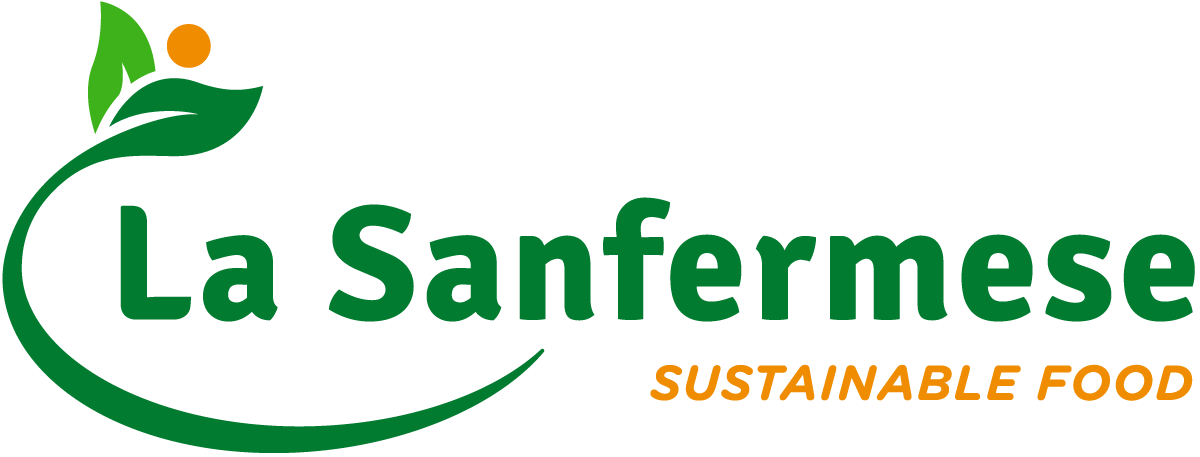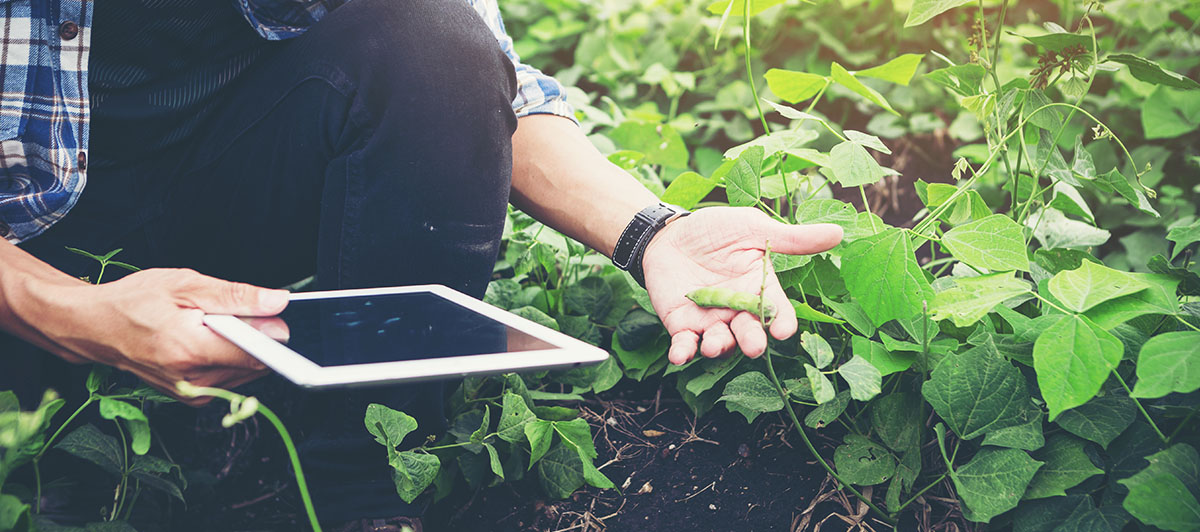Growth priorities and policies according to the GAP 2021 report
Did you know that out of over 200,000 species of edible plants, less than 20 provide 90% of the food we consume? But why do intensive monocultures predominate? Not so much for their resistance to climatic variations, as for their high yield. Modern hybrid varieties are vulnerable to high temperatures, repeated droughts, and floods that are becoming the norm in the climate change landscape. At the same time, growing healthy and robust can require significant amounts of chemical additives, resulting in high costs from an economic and environmental point of view.
While all the spotlight is on world leaders and their recipes for tackling the critical issue of climate change, farmers all around the world need concrete and immediate solutions. How to increase the resilience of crops? How to combat hunger in the world (which, according to the FAO, already affects 690 million people today)? What to do to feed the world population, estimated to reach 9.7 billion in 2050?
Starting from the article by Victoria Balfour and Max Esterhuizen (“Farming in a warming world & Strengthening the climate for sustainable”), we want to give food for thought and outline possible paths for future actions.
Climate change and growth rates in different world areas
According to the GAP 2021 report, human-caused climate change has slowed global agricultural productivity growth by 21 percent since 1961. In the drier regions of Africa and Latin America, climate change has slowed productivity growth by as much as 34 percent.
- Middle-income countries, including India, China, Brazil, and the former Soviet Union countries, show the strongest TFP (total factor productivity), with growth rates firmly above the GAP Index target.
- In low-income countries, the growth of agricultural production goes at the expense of biodiversity: practices such as land-use change and forest and grassland destruction for cultivation and grazing cause a negative TFP growth rate (- 0.31% per year, down from 0.58% in 2020).
- High-income countries, including Europe and North America, show modest TFP growth. In the United States and Canada, increased productivity translates into more crops, livestock, and aquaculture products. The UE, by contrast, shows minimal output growth, using their increased efficiency to remove land and inputs from agricultural production.
Adaptation to climate change and conservation of livelihoods are the most immediate and crucial challenges for producers. To this end, we must understand how to optimize the efficiency and production potential of small and large farms anywhere in the world, improving their production capacity, agronomic knowledge, and market value.
From productivity to resilience: the importance of diversity
After the green revolution of the 1960s, the world began to focus on fewer and fewer crops, with wheat, corn, and rice on top of the most consumed foods. If on paper crop uniformity has advantages in terms of growth speed, quantity, and quality of the product, in reality, this strategy shows several weaknesses:
- These staple crops have high yields but are susceptible to diseases associated with rising temperatures, repeated droughts, and flooding, increasingly frequent with climate change.
- Monocultural hybrid varieties have high environmental and economic costs due to high chemical inputs.
In addition to the post-pandemic challenges, world leaders must tackle the difficult task of indicating strategies to counter world hunger and feed an ever-growing world population. If we want to produce 70% more food than today, the first step is to reduce food waste. But at the same time, we need to gear up to fight climate change.
Sustainable agricultural growth strategies: how to react to the challenges of climate change
Climate change mitigation is – or should be – at the top of our priority list. But droughts, floods, pests, soil salinization, and other extreme weather events are already here, along with climate change-related diseases. In this race against time, those who don’t fit could find themselves on the losing side. The question is: how can farmers react effectively? The 2021 GAP report identified six sustainable agricultural growth strategies and policies applicable to all production scales:
- Investing in research, development, and expansion: for every dollar invested in public research and development, there is a tenfold return in terms of food security, sustainability, and economic growth.
- Work on science-based technologies to give manufacturers the tools to prepare for and recover from pest and disease outbreaks, extreme weather events, and market fluctuations.
- Improve the dissemination of information and the efficiency of physical and financial infrastructures to guarantee producers fair and convenient access to markets, facilitating economic growth.
- Support public-private partnerships as a form of transferring environmentally and socially relevant technologies and knowledge to producers.
- Improve systems and services for the fruit and vegetable trade with the dual purpose of generating income for producers by increasing consumers’ access to nutritious foods.
- Reduce post-harvest losses and food waste to increase food availability, lower food prices, and support healthy ecosystems.
According to Ann Steensland, leader of the GAP initiative and author of the GAP report, applying these policies could help producers of all scales maximize their production potential in a sustainable way. Changing investment priorities, increasing productivity in the face of climate change is an arduous but not deferrable task that affects most of the world’s farmers. The time to act is now.

